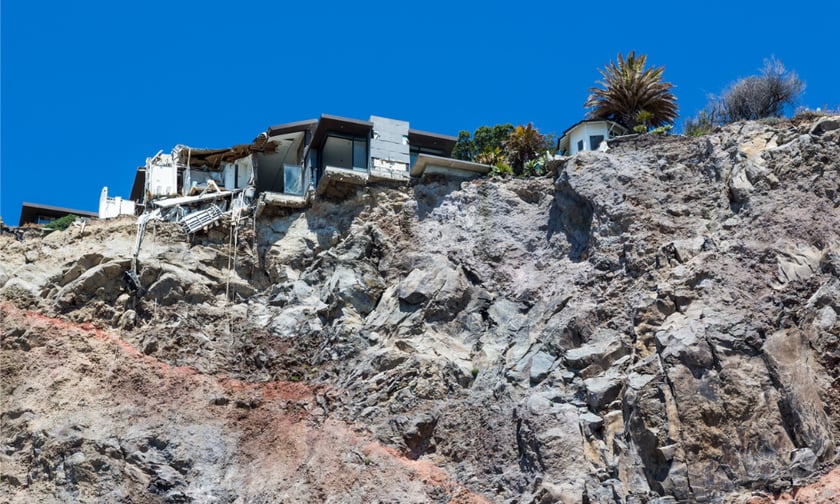

The risk of a severe earthquake and tsunami from the activation of New Zealand’s Hikurangi subduction zone is substantial, according to experts.
If triggered, this geological fault – the largest in the region – could cause unprecedented disaster, resulting in significant loss of life and property.
During a recent scientific conference held at the Te Papa Museum under the auspices of the government-supported Resilience to Nature Challenge, scientists and disaster management experts discussed the potential impacts of such an event.
The National Emergency Management Agency (NEMA) focused on a scenario involving a 9.1 magnitude earthquake along the Hikurangi fault, followed by a tsunami.
“Science tells us that a catastrophic event, such as an alpine fault earthquake, or a Hikurangi fault subduction zone earthquake and tsunami will very likely happen, if not in our lifetime, in our children’s. It could happen tomorrow,” said NEMA chief advisor Sarah Holland, as reported by RNZ.
Predictions suggest that an earthquake of this magnitude could lead to several minutes of ground shaking, far exceeding the duration experienced during the 2011 Canterbury earthquake.
Holland noted that in such an event, assuming a 70% successful evacuation rate, the resultant tsunami could kill over 22,000 people and injure around 26,000. Additionally, it is projected that up to 400,000 people could be displaced, with 30,000 homes suffering damage or complete destruction, leading to an estimated $144 billion in building damages.
“This class of catastrophic events is beyond our current arrangements, thinking, experience, and beyond our imagination,” Holland said.
In preparation for such a dire scenario, NEMA is developing a disaster response plan in collaboration with about 50 organisations. This plan will serve as a handbook applicable to various disasters and includes protocols for mass casualty management, as well as the provisioning of essentials like food, water, and shelter.
Holland highlighted the importance of international assistance for restoration of critical infrastructure and emergency supply chains.
NEMA chief science advisor Tom Wilson said the urgency of robust preparedness measures has been a wake-up call for officials and executives, especially within the insurance industry.
“These are big, big numbers,” he said, as reported by RNZ. “This is what motivated change for chief executives. This is where elected officials really stood up and took notice.
“We will be driven kicking and screaming into that space, by the insurance sector one way or another. But we must have a better platform for being able to compare and characterise our risks, and understanding what those potential risk treatments or resilience strategies might be.”
A recent survey by AMI, State, and NZI found that climate risks are increasingly driving home-buying decisions in New Zealand, with a significant increase of New Zealanders considering climate change as a significant factor when purchasing a home compared to two years ago.
This month, a parliamentary inquiry on climate adaptation has been launched in the country, aiming to develop policies for managing the impacts of climate change.
